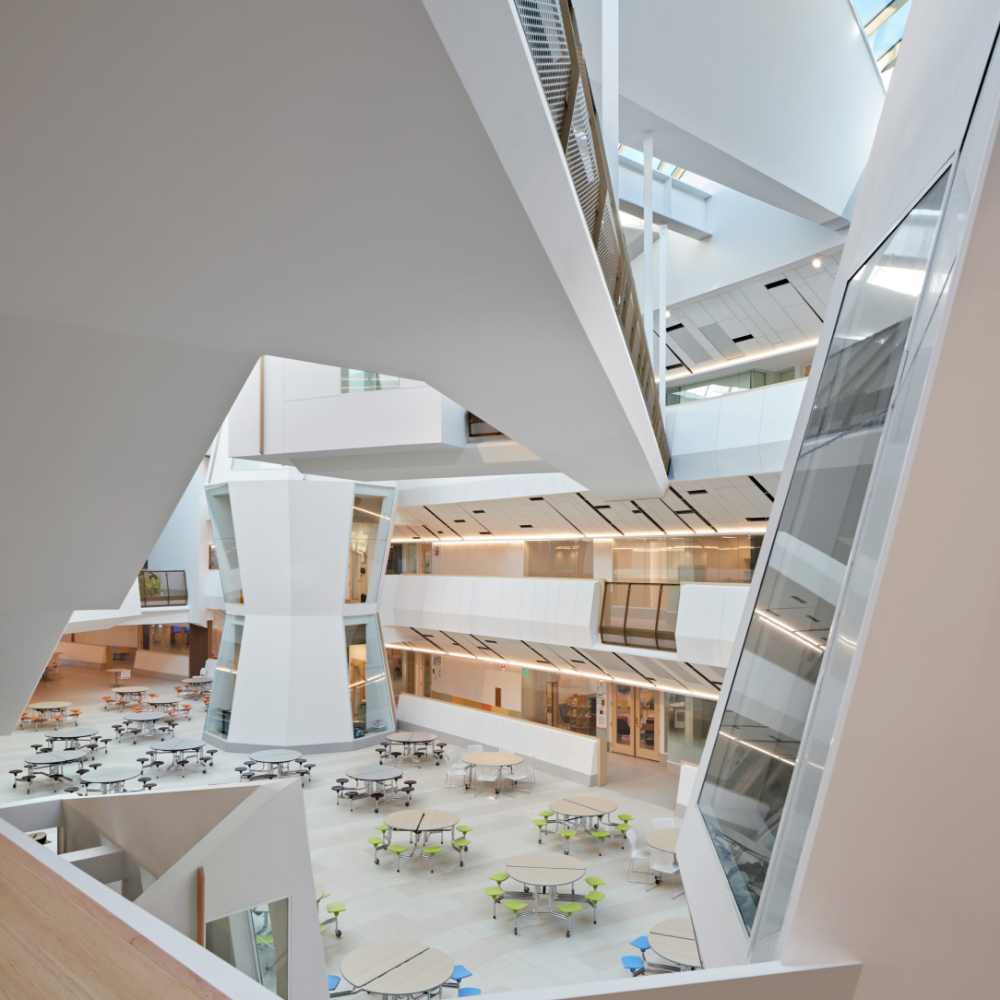
The Piece the Buildings Industries' Carbon Emissions Pie We All Should be Reporting
We're all familiar with reporting our buildings' energy use. This has been the case since the 1970s when people really started to care about making buildings energy efficient and we have come a long way since those days. Now, new buildings are more efficient than ever, and some can easily achieve net zero carbon emissions. As buildings have become more energy efficient, the operational carbon share of the "Carbon Emissions Pie" has become smaller, and the embodied carbon share has started to grow.
To be honest, this is a good problem to have. We have become that much better at reducing our operational carbon emissions (and all signs point to buildings being even more efficient in the future) that we have to start thinking about where else we can reduce our buildings' carbon emissions footprint. This brings us to embodied carbon.

Embodied carbon is the carbon emissions that are produced during the extraction, manufacturing, construction, use, and demolition life cycle stages of a material. The industry has grouped and labeled each of these life cycle stages:
• A1-A3: Product Stages
• A4-A5: Construction Stages
• B1-B5: Use Stages
• C1-C4: End of life Stages
Below is a helpful graphic created by OneClick LCA, the software we use to run our Whole-Building Life Cycle Assessment (wbLCA) modeling and embodied carbon consulting services.

As you can see, all stages of a material's life cycle, there are plenty of instances where carbon emissions can be or are produced. Often times, these carbon emissions go unreported. The good news is that people are starting to care about embodied carbon, in a similar manner as people started to care about operational carbon back in the 1970s. Right now, there are Green Building certifications, such as LEED and ILFI, that encourage and/or require embodied carbon reporting and/or reductions through wbLCA modeling, which is promising and intended to point the sustainable building industry in the right direction. But again, just as with the energy efficiency policies put in place in the 1970s, the biggest strides to making embodied carbon reporting a standard part of the design and building process are through local and regional green building regulations.
We anticipate the demand for wbLCA services will increase significantly in the coming year and beyond as embodied carbon reporting and scope 3 emissions reporting become required by green building certifications or required by law.


_2000sq_2000sq.jpg)


